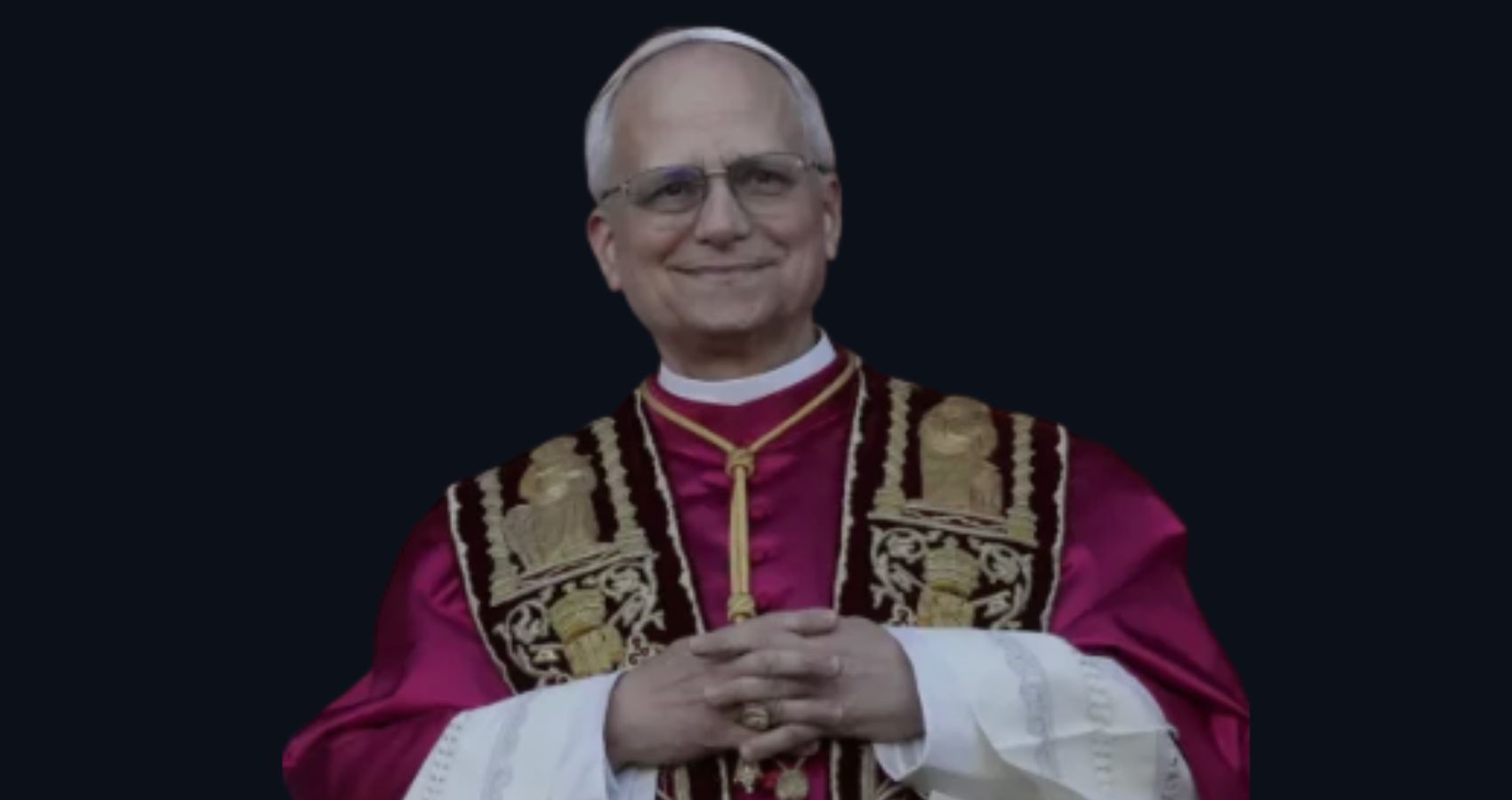In a historic moment for the Roman Catholic Church, American-born Cardinal Robert Francis Prevost has been elected the 267th pope, taking the name Pope Leo XIV. The announcement, made from the balcony of St. Peter’s Basilica, was met with thunderous applause and emotional outbursts from tens of thousands of faithful gathered in the Vatican’s St. Peter’s Square.
The declaration, “Habemus Papam!”—Latin for “We have a pope!”—was delivered by Cardinal Dominique Mamberti, the senior cardinal deacon, shortly after white smoke emerged from the chimney of the Sistine Chapel, signaling the successful election. It followed days of intense but secretive deliberation among 133 cardinal electors, who were secluded from the outside world throughout the conclave.
Pope Leo XIV, originally from Chicago, is the first American ever to be elevated to the papacy. He succeeds Pope Francis, who passed away earlier this year. At 69, Prevost brings with him a reputation for pastoral care, theological depth, and a broad understanding of global church dynamics—attributes many cardinals considered essential in a time of deep social and religious transitions.
A Moment of Joy and Renewal
Cheers erupted the moment the white smoke was spotted. The mood across St. Peter’s Square was electric, with flags from across the globe waving above crowds of pilgrims, clergy, and tourists. Bands played as the Swiss Guard, clad in traditional harlequin uniforms, prepared for the ceremonial reveal.
Caroline Cooper, 70, who traveled from London, described the event as “a deeply emotional and historic moment.” “We were here for Pope John Paul II and Pope Francis. But never did I imagine I would witness an American pope,” she said tearfully.
Nicole and Ryan, a couple visiting from New York, called the moment “surreal.” “It’s like Times Square on New Year’s Eve, but holier,” Ryan added with a smile.
A Papal Identity with Global Relevance
Pope Leo XIV’s election was seen by many as a reflection of the Church’s shifting demographic center. With Catholic populations growing fastest in Latin America, Africa, and Asia, the election of a pope from North America marks a notable evolution in the Church’s global outlook.
“This is a pope who understands universality,” said Father Piere Domerson, a Haitian priest studying in Rome. “He has the heart of the Global South and the structure of the West. That balance is what the Church needs.”
In Philadelphia, Archbishop Nelson Jesus Pérez praised the new pontiff, calling him a “wonderful, gentle, profound man of God” and “a great gift to the Church and the world.”
Conclave Amid High Anticipation
The papal conclave began under tight security and strict isolation, with the cardinal electors forbidden from any contact with the outside world. Voting took place inside the Sistine Chapel under the watchful eyes of Michelangelo’s “Last Judgment.”
Unlike political elections, papal conclaves offer no public campaigning or polling. Cardinals take oaths of secrecy and cast handwritten ballots after prayerful reflection, swearing before God to vote for the man they believe is most worthy.
The ballots are burned after each round, producing either black smoke (inconclusive) or white smoke (a successful election). On Thursday afternoon, thick white smoke finally signaled a decision had been reached.
A Party in St. Peter’s Square
The announcement transformed the square into a scene of celebration. Jubilant cries of “Viva il Papa!” rang out, and crowds took selfies and waved national flags. One clergyman, hoisted on shoulders, held a Brazilian flag aloft as he flashed peace signs to the cheering masses.
Restaurants surrounding the Vatican saw surges of customers, despite limited mobile signals due to the conclave’s communication blackout. “It’s hard to work under these conditions, but today is different—we’re part of history,” said café manager Flor Venegas.
Even the culinary scene played a role in the day’s color. Alessandro Masseroni, a deacon from northern Italy, proudly stated, “We celebrated with carbonara. No cream—just the Roman way.”
What’s Next for Pope Leo XIV
Inside the Vatican, shortly after his election, the new pope donned his white papal cassock and the symbolic Fisherman’s Ring. He prayed in the Pauline Chapel before stepping onto the central balcony—the Loggia of the Blessings—to greet the world for the first time as Pope Leo XIV.
In his first remarks, he offered blessings to the faithful and paid tribute to his predecessor, Pope Francis. While his full vision for the papacy is yet to be outlined, observers expect a focus on unity, social justice, and re-engaging younger generations.
“He carries the humility of Francis but has the clarity and reformist instincts of John Paul II,” noted one Vatican analyst.
A Symbol of Change
Pope Leo XIV’s election symbolizes more than just geographic diversity. It’s a message to Catholics worldwide that the Church is willing to embrace change while staying rooted in tradition.
For many watching, from Brazil to Poland to the Philippines, this day will be remembered not only for the historic choice of an American pope but also for the renewed hope and connection it brought to the world’s 1.4 billion Catholics.
As the bells of St. Peter’s Basilica continued to ring and pilgrims lingered long after dusk, the message was clear: A new chapter in the Church’s long and storied history has begun.
Source Credit: NBC News
https://www.nbcnews.com/world/the-vatican/live-blog/conclave-2025-live-updates-rcna205525

